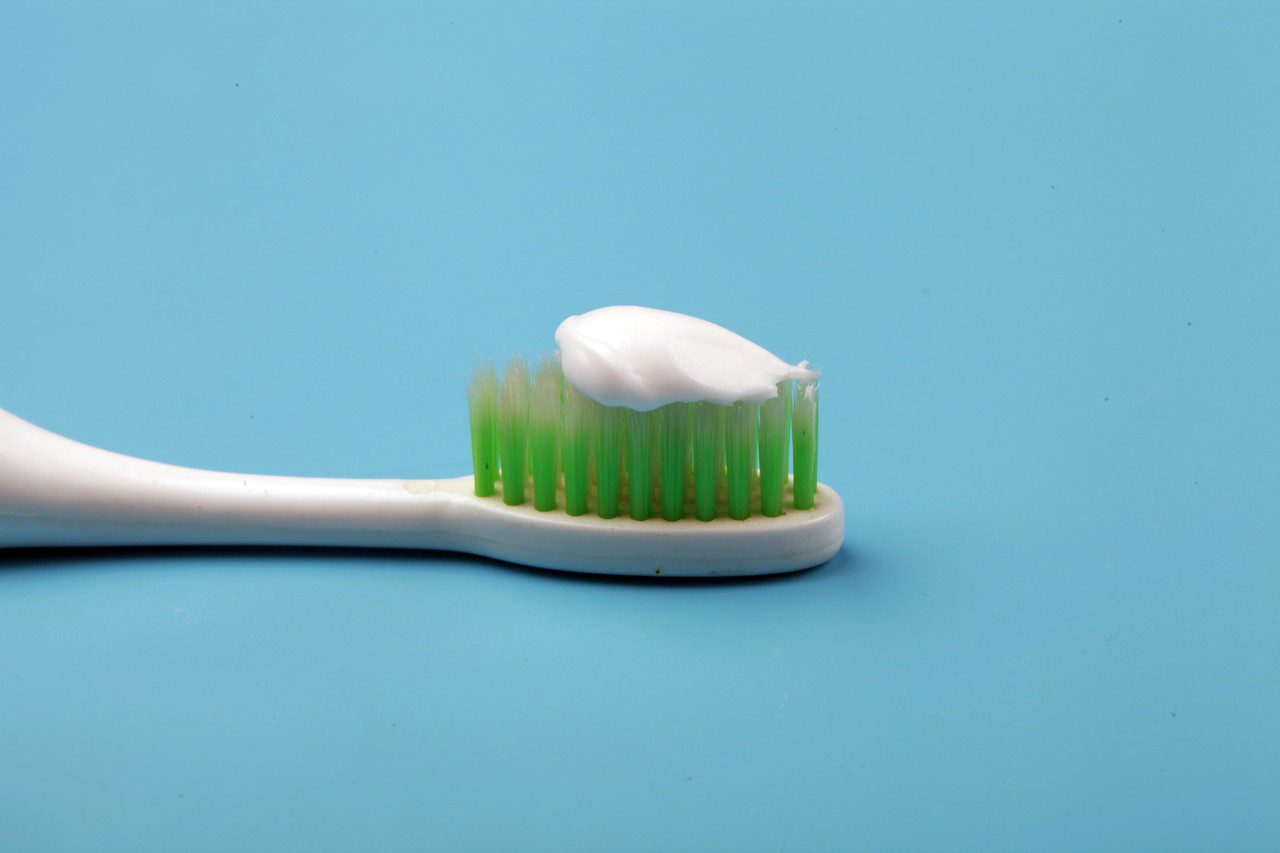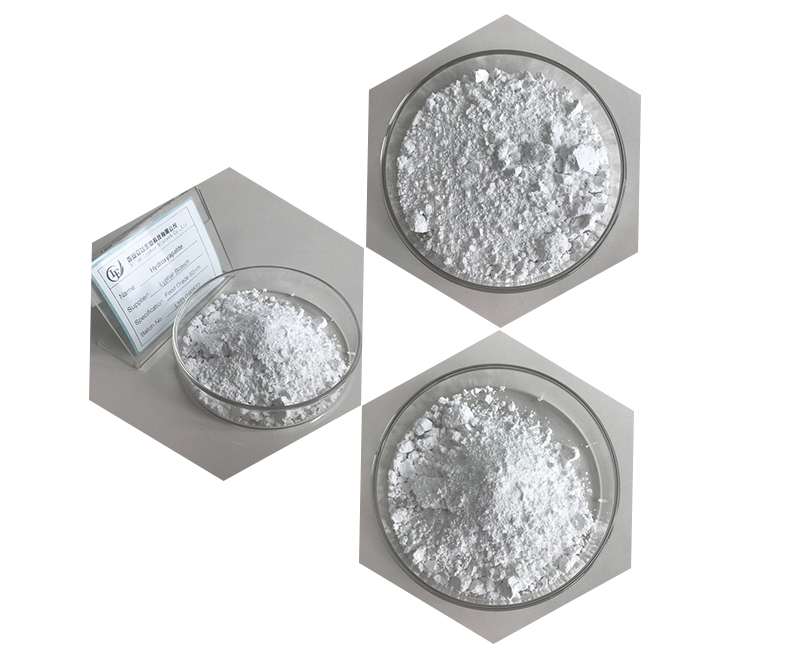Hydroxyapatite is a naturally occurring mineral form of calcium apatite with the formula Ca₅(PO₄)₃(OH). It is the main component of tooth enamel and bone mineral. Here’s a brief overview of its origin, nature, and introduction:
Origin of Hydroxyapatite:
1.Hydroxyapatite is found in various geological formations and is a major component of bones and teeth in vertebrates.
2.It forms naturally in the human body and is a crucial mineral for the structure and strength of bones and teeth.

Nature of Hydroxyapatite:
1.Hydroxyapatite belongs to the apatite group of minerals, which are characterized by their hexagonal crystal structure.
2.Its chemical composition consists of calcium ions (Ca²⁺), phosphate ions (PO₄³⁻), and hydroxide ions (OH⁻).
3.The arrangement of these ions in the crystal lattice gives hydroxyapatite its unique properties, making it a hard and resilient mineral.
Introduction and Applications of Hydroxyapatite:
1.Hydroxyapatite has been widely used in various fields, including medicine, dentistry, and materials science.
2.Medical Applications:
It is used in orthopedic and dental implants due to its biocompatibility with human tissues.
Hydroxyapatite coatings on implants can promote bone growth and improve the integration of artificial materials with natural bone.
3.Dental Applications:
Dental products such as toothpaste and mouthwash often contain hydroxyapatite to support tooth remineralization and strengthen enamel.
4.Materials Science:
In materials science, hydroxyapatite is used in the development of bioactive ceramics and composite materials.
These materials find applications in bone tissue engineering and drug delivery systems.

Synthetic Hydroxyapatite of Hydroxyapatite:
1.Due to its importance in various applications, researchers have developed methods to synthesize hydroxyapatite in the laboratory.
2.Synthetic hydroxyapatite is often used when specific properties or forms are required for medical or industrial purposes.
In summary, hydroxyapatite is a naturally occurring mineral with vital roles in the human body, particularly in bone and tooth structure. Its unique properties have led to its introduction in various applications, ranging from medical implants to dental care and materials science. Researchers continue to explore its potential in advancing healthcare and materials technology.
